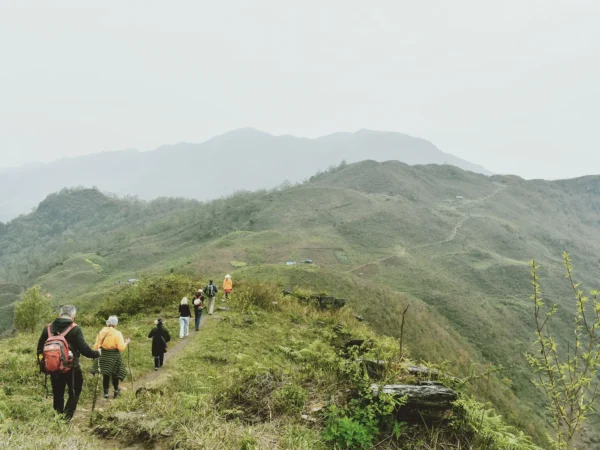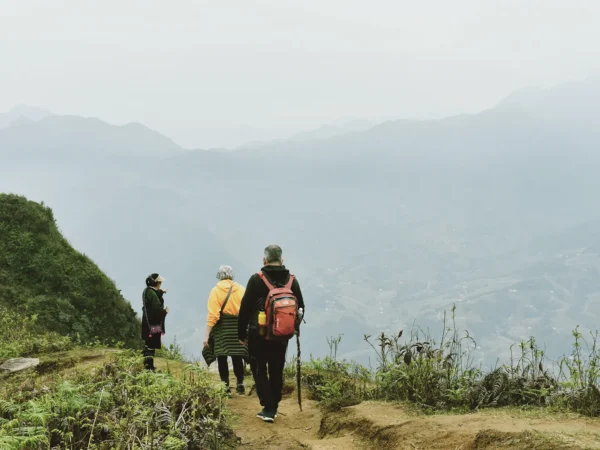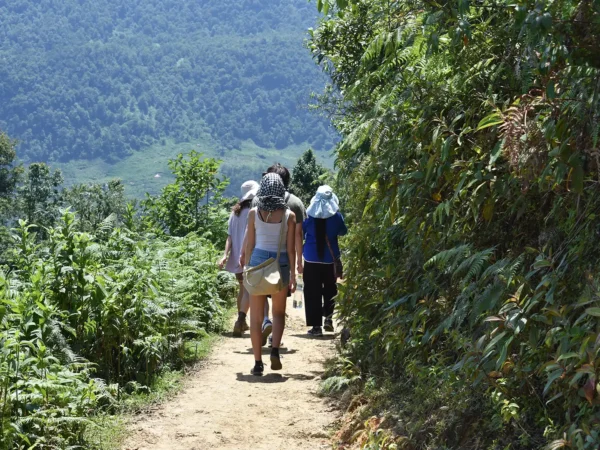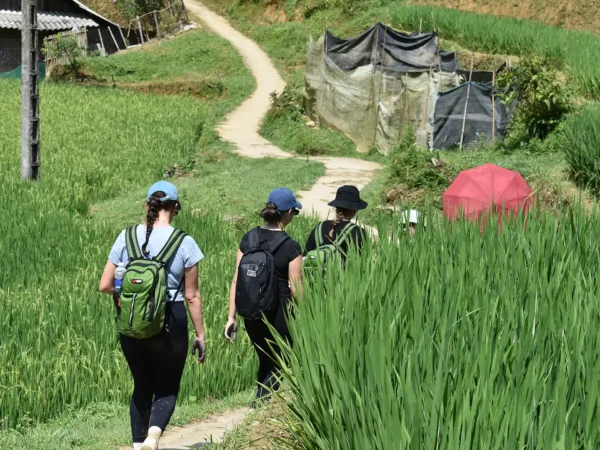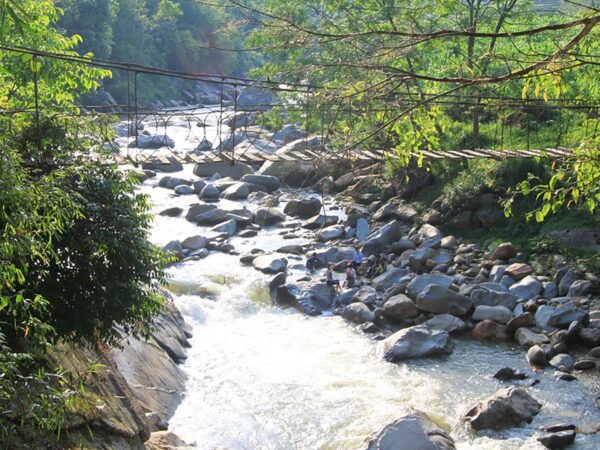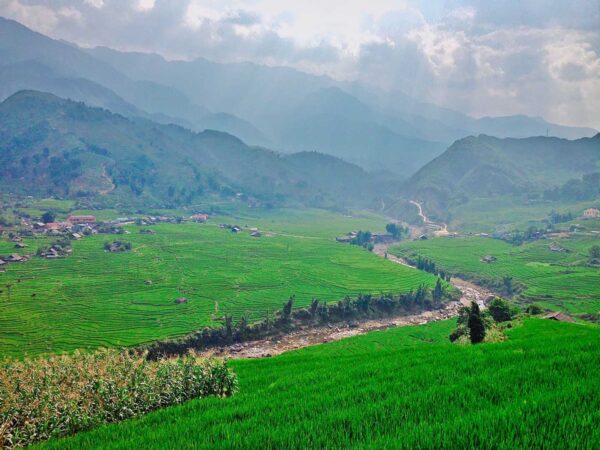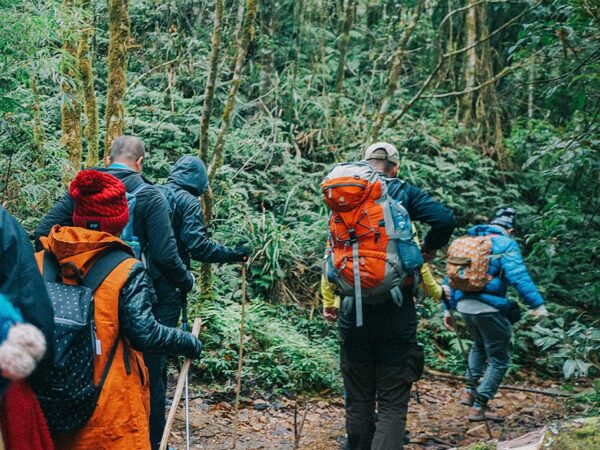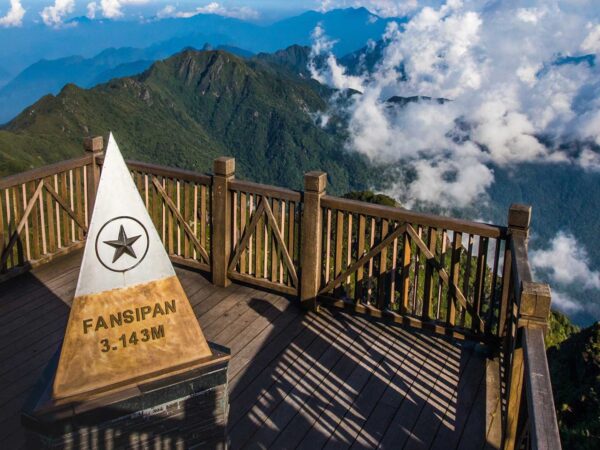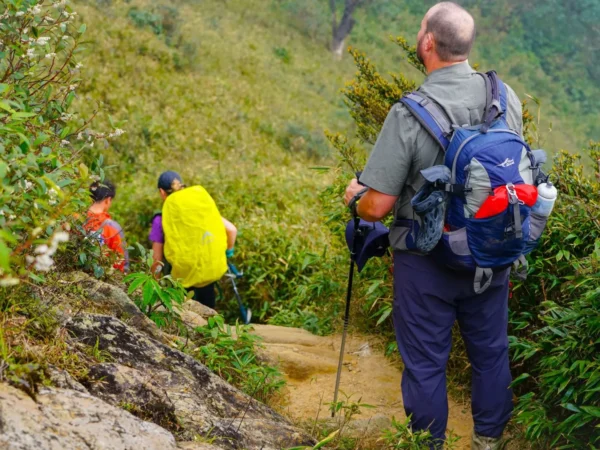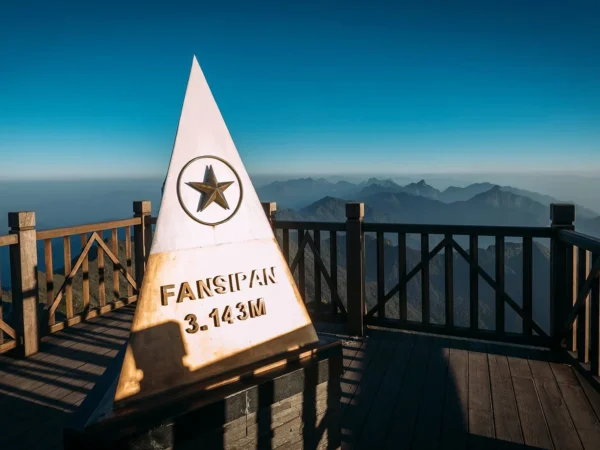O Quy Ho Pass: A Scenic Journey through Majestic Beauty
O Quy Ho Pass is an enchanting gateway to the breathtaking wonders of Vietnam’s Northwest mountains. As you traverse this legendary route, prepare to be captivated by the majestic beauty of towering peaks and verdant valleys. From the gentle whispers of the wind to the vibrant colors painting the horizon, every moment along this pass is an invitation to immerse yourself in the splendor of nature. Join us as we explore the magic of this iconic route together!
Where is O Quy Ho Pass?
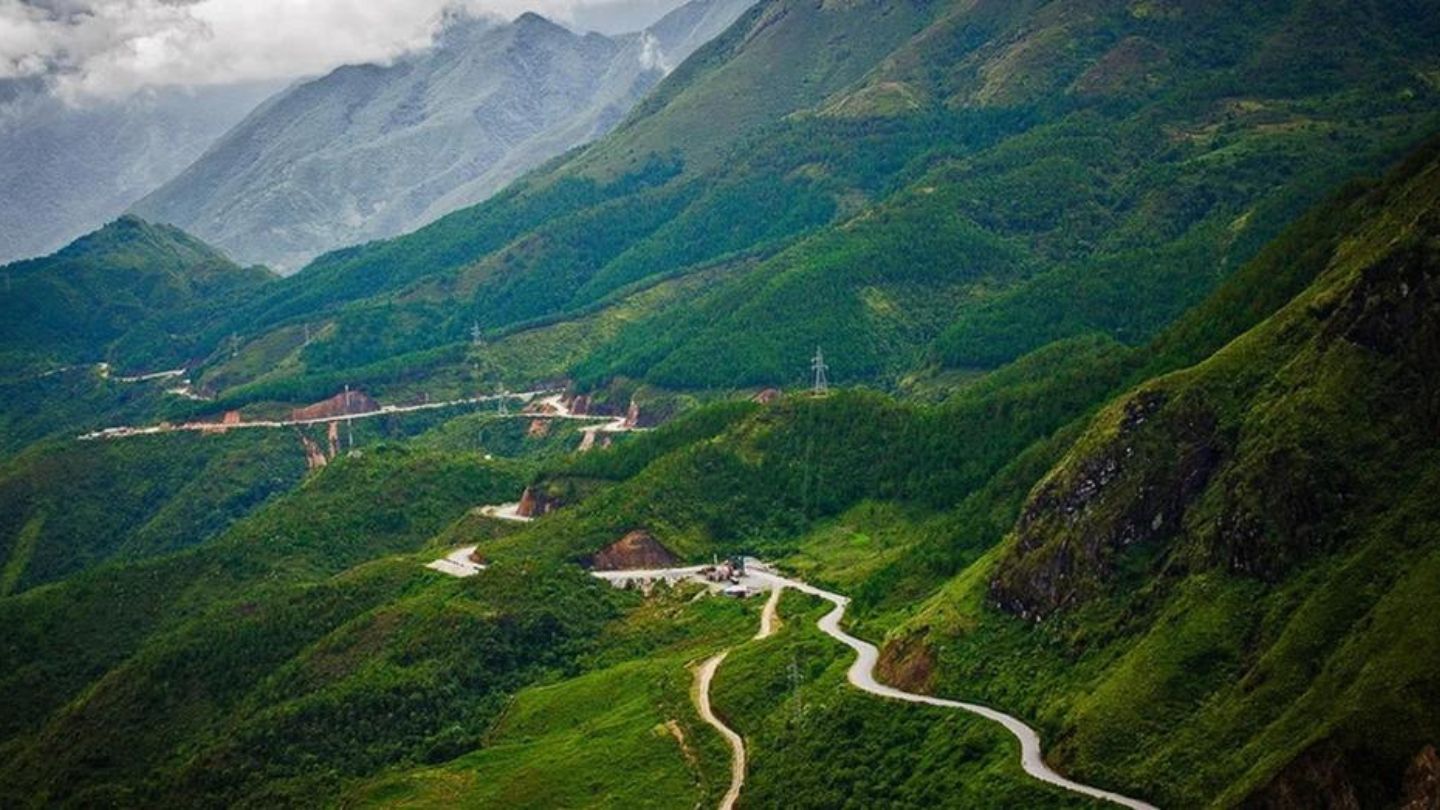
O Quy Ho Pass has another name called “Hoang Lien Son Pass”, located on Highway 4D in the border area between Lao Cai and Lai Chau provinces, Vietnam.
The mountain pass crosses the Hoang Lien Son range, with the top of the pass also near the border between the two provinces. The official name of the pass at the watershed is “Tram Ton Pass”. The pass is also known locally as Heaven Gate. However, visitors to Northwest Vietnam often know the pass with the name O Quy Ho pass.
With a length of more than 50 km and an altitude of nearly 2,000 m above sea level, this is one of the longest, most dangerous, and majestic passes in the northern mountainous region of Vietnam.
Meaning of the name O Quy Ho Pass
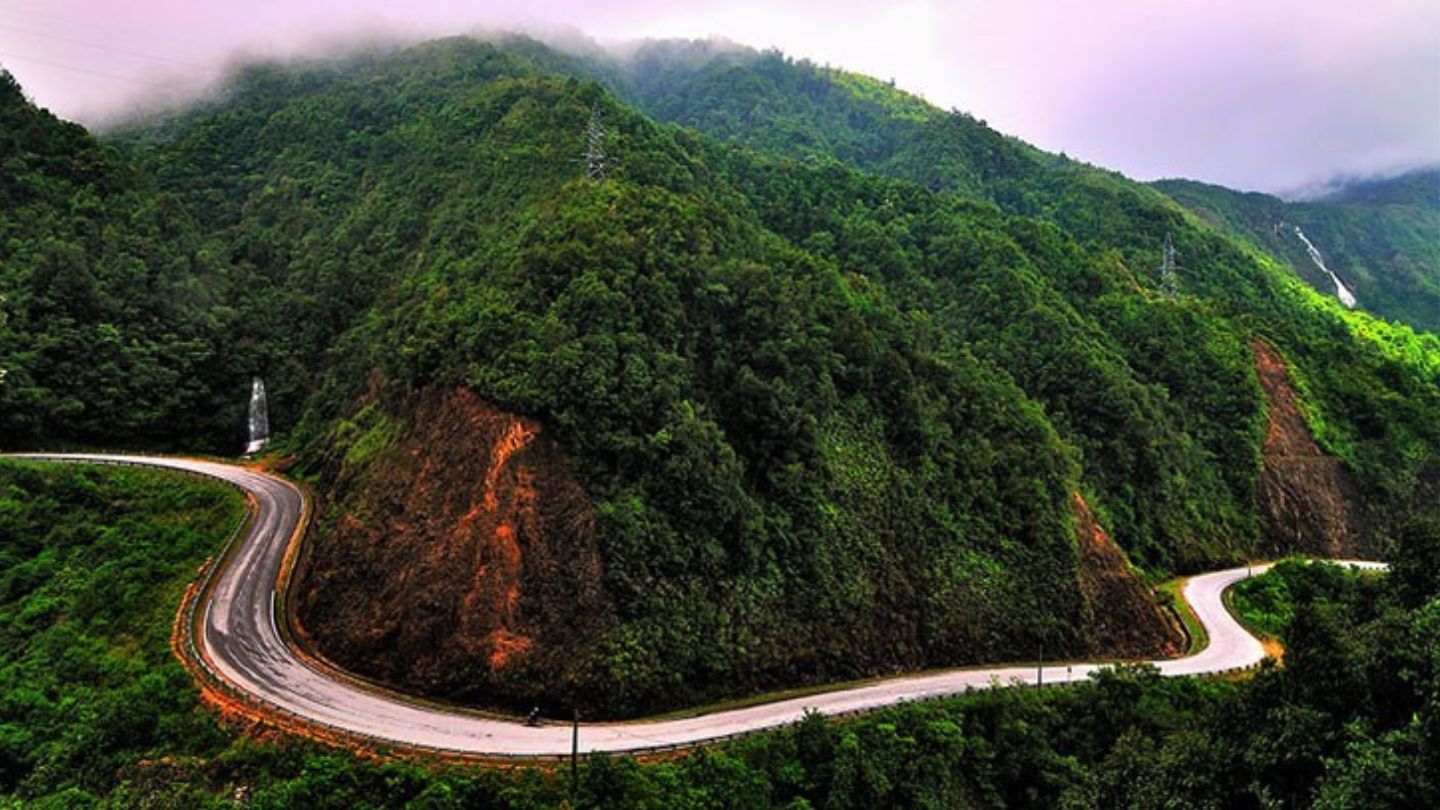
O Quy Ho Pass is named after the O Quy Ho village located next to the 4D National Highway, now in O Quy Ho ward, Sa Pa town. The name of the village is named after the H’Mong language, but people from far away prefer to call it “O Quy Ho” with a softer pronunciation. In addition, the name Hoang Lien Pass (O Quy Ho Pass), or Hoang Lien Son Pass is formed by the pass over the Hoang Lien Son mountain range.
Once upon a time, there was a tragic love story between a fairy and a peasant named O Quy Ho. They often met at a mountain pass, but their love could never lead to marriage. Heartbroken, the fairy transformed into a bird and flew around the mountain, calling out for her beloved. This sorrowful tale gave the mountain pass its name: O Quy Ho Pass, forever reminding travelers of their unfulfilled love.
The Road to O Quy Ho Pass
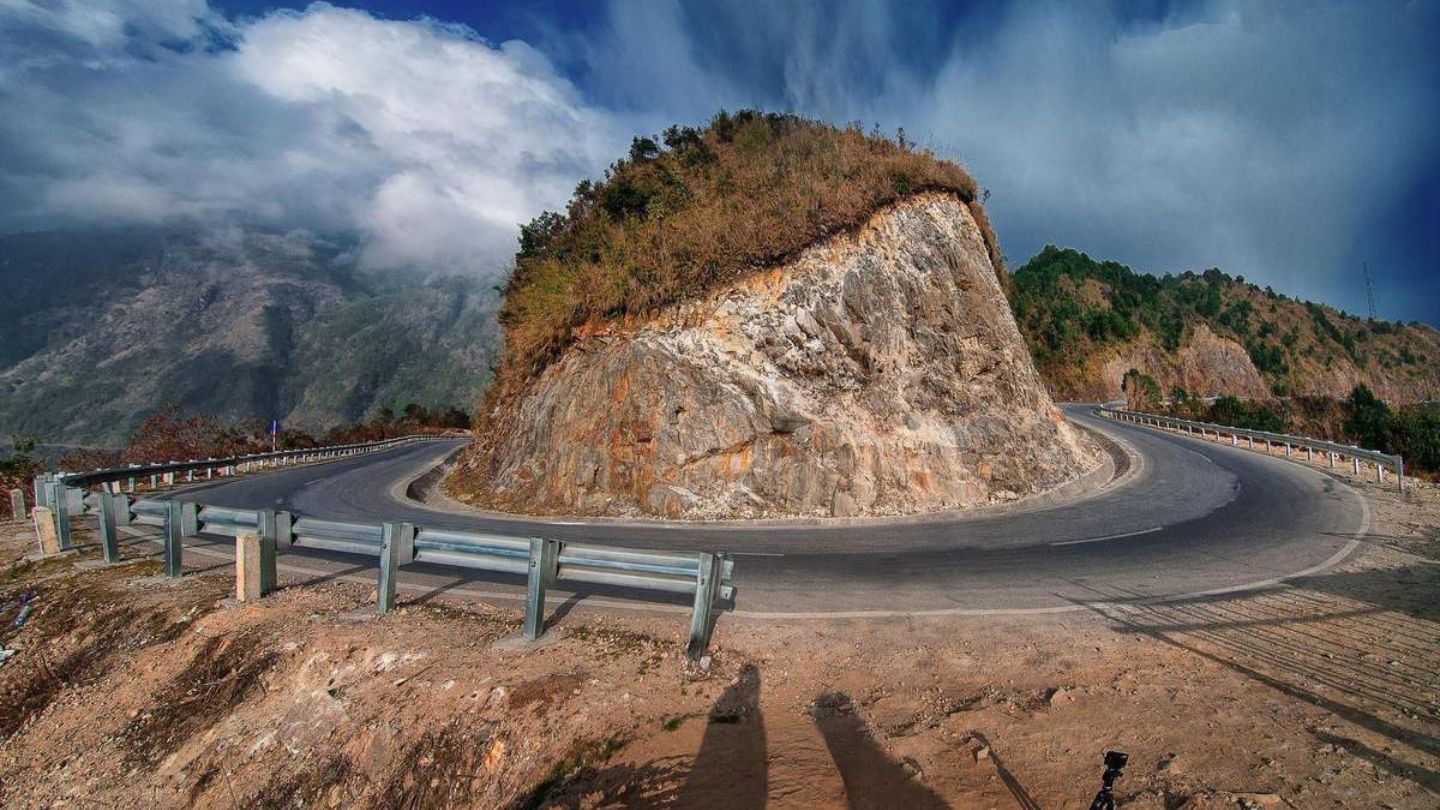
From the town of Sapa Town: From the center of Sa Pa town, you will have to travel a distance of about 12 km through Silver Falls, go through the gate of Hoang Lien National Park, then go up to Tram Ton Station Ranger Point, and just go a few more steps. Another km is to the top of O Quy Ho pass.
From the city center of Lao Cai: If you leave the city center of Lao Cai, the journey is more than 40 kilometers long and takes around an hour. Then, you continue on the same road until you reach your ultimate target.
From these 2 popular routes, you can choose one of the following transportation ways:
- Trekking: The road to O Quy Ho Pass Sapa becomes a “must conquer once” road for backpackers, overcoming all the winding roads to the top of the pass and then bursting into the breathtaking natural scenery in front of them.
- Bike: The driving experience through this pass is so great, you can rent a motorbike or drive your own motor, of course, you should have a good skill.
- Taxi: Tourists who don’t prefer motorbikes can go by taxi and go to tourist destinations or pass peak. The price of a taxi is not too expensive.
The Best Time to Visit O Quy Ho Pass
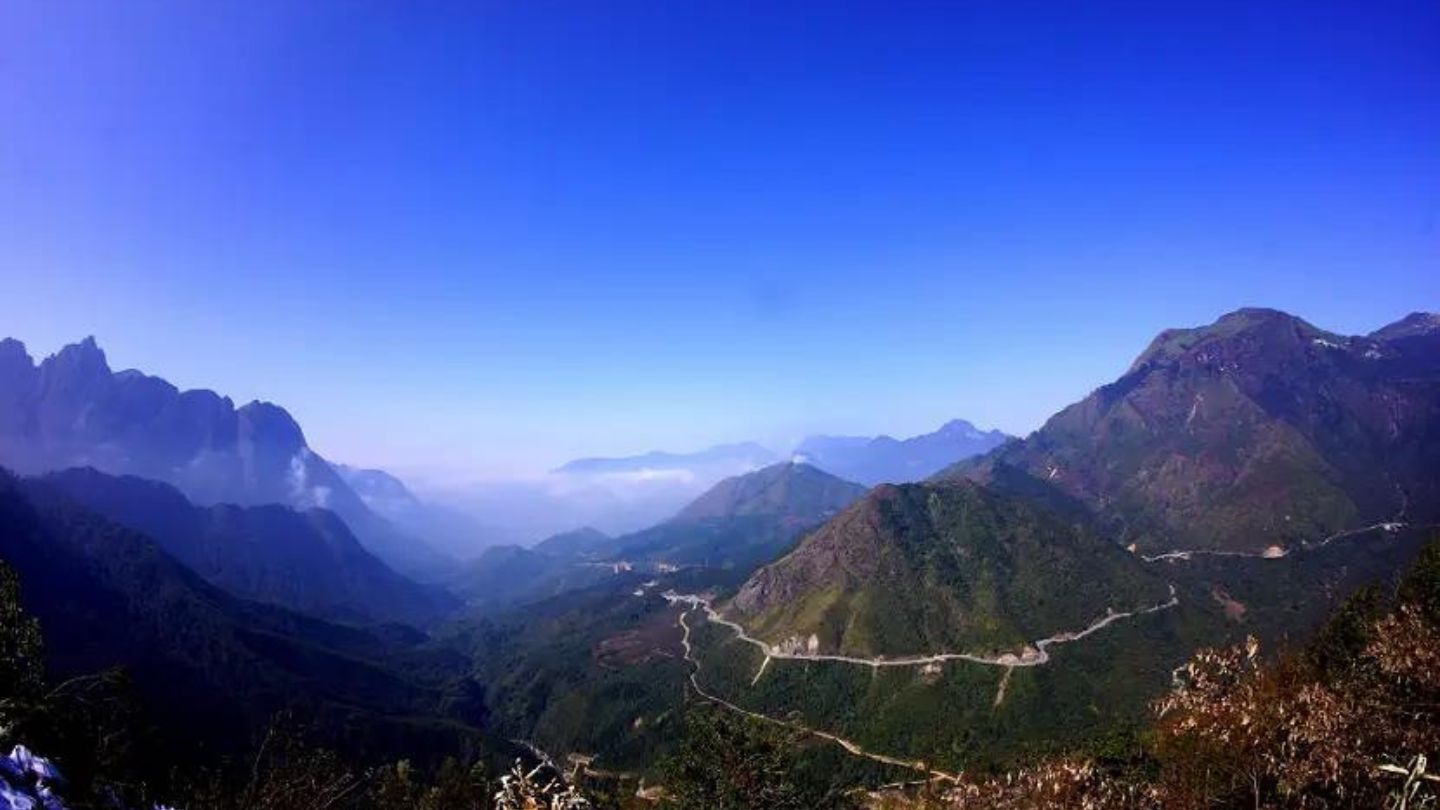
O Quy Ho Pass tour is a year-round destination, but the best time to visit depends on your preferences.
- Spring: When spring comes, the vast green mountains and forests are dotted with the brilliant pink of peach blossoms, and the pure white of apricot, plum, and pear flowers.
- Summer: The weather is quite cool and pleasant, with a slight chill and less fog, making this an ideal time to come. However, you should remember that the same pass, but the weather on the O Quy Ho pass on the Lao Cai side and the Lai Chau side is very different. On the Lao Cai side, it is foggy, on the Lai Chau side, it is warm, and sunny and can be hot at that time.
- Fall: Those who like traveling to Sapa in the fall and passing through O Quy Ho Pass Spa, you will see the green terraced fields that have now turned to the yellow color of ripe rice, watching the whole valley put on a bright yellow color like a sea.
- Winter: This season offers a unique experience with a chance of snowfall and a serene atmosphere. In winter, there is ice and snow, O Quy Ho Pass snow has a lonely beauty, and the sky is covered in white snow.
Delicious Cuisine To Enjoy When Coming To O Quy Ho Pass
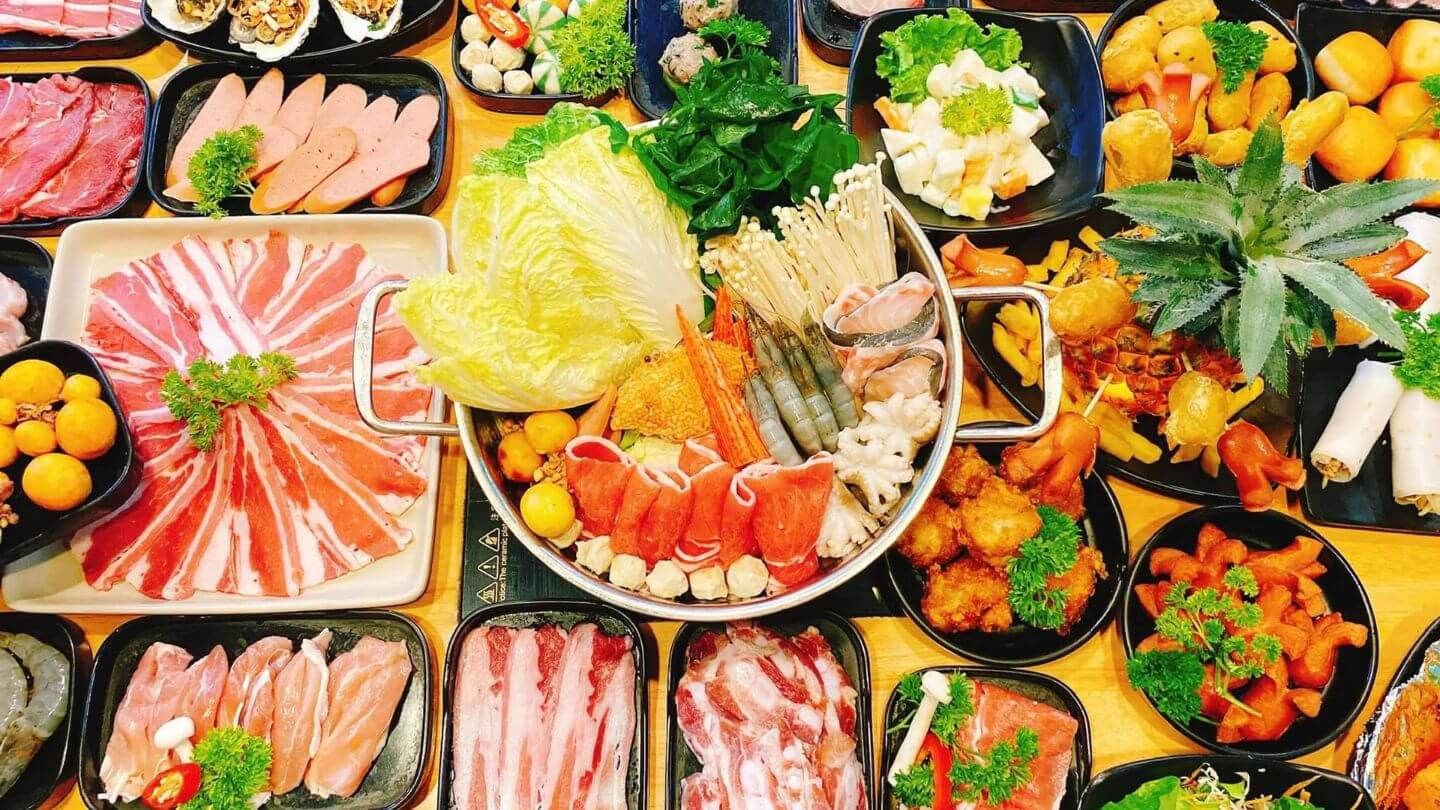
Travelers will encounter charming roadside stalls offering a respite to indulge in local Sapa food. These stalls boast a variety of tantalizing options, including:
- Grilled dishes: grilled skewered meats, corn, sweet potatoes, yams, and bamboo-cooked rice.
- Unique specialties: Adventurous eaters can also explore specialties like “trâu gác bếp” (a local dish), wild boar, and jungle fowl. Notably, “lợn cắp nách” (pork armpit) stands out as a must-try delicacy for those exploring the Northwest mountains.
O Quy Ho Heaven’s Gate in Lai Chau and O Quy Ho Café

After admiring the spectacular waterfalls, you’ll reach the summit of O Quy Ho Pass, also known as O Quy Ho Heaven’s Gate. This location is a must-see in Sapa. The vista from the top is breathtaking, with the Hoang Lien Son mountains shrouded in mist and fog. Each season reveals a fresh splendor, such as golden-tiered fields or glistening rice paddies. There’s also O Quy Ho Café, where you may sip coffee while taking in the breathtaking scenery. It’s a must-see on your visit to this stunning region.
Nearby Attractions and Activities
In addition to the captivating journey through O Quy Ho Pass, the surrounding region offers an array of tourist attractions and activities to enhance your visit.
The Love Waterfall

On the way to O Quy Ho pass Sapa, and you can watch the waterfall of love flowing from above. Although Love Waterfall does not have a majestic beauty like Silver Waterfall Sapa, it brings a peaceful and romantic beauty associated with the legend of love.
The Silver Waterfall
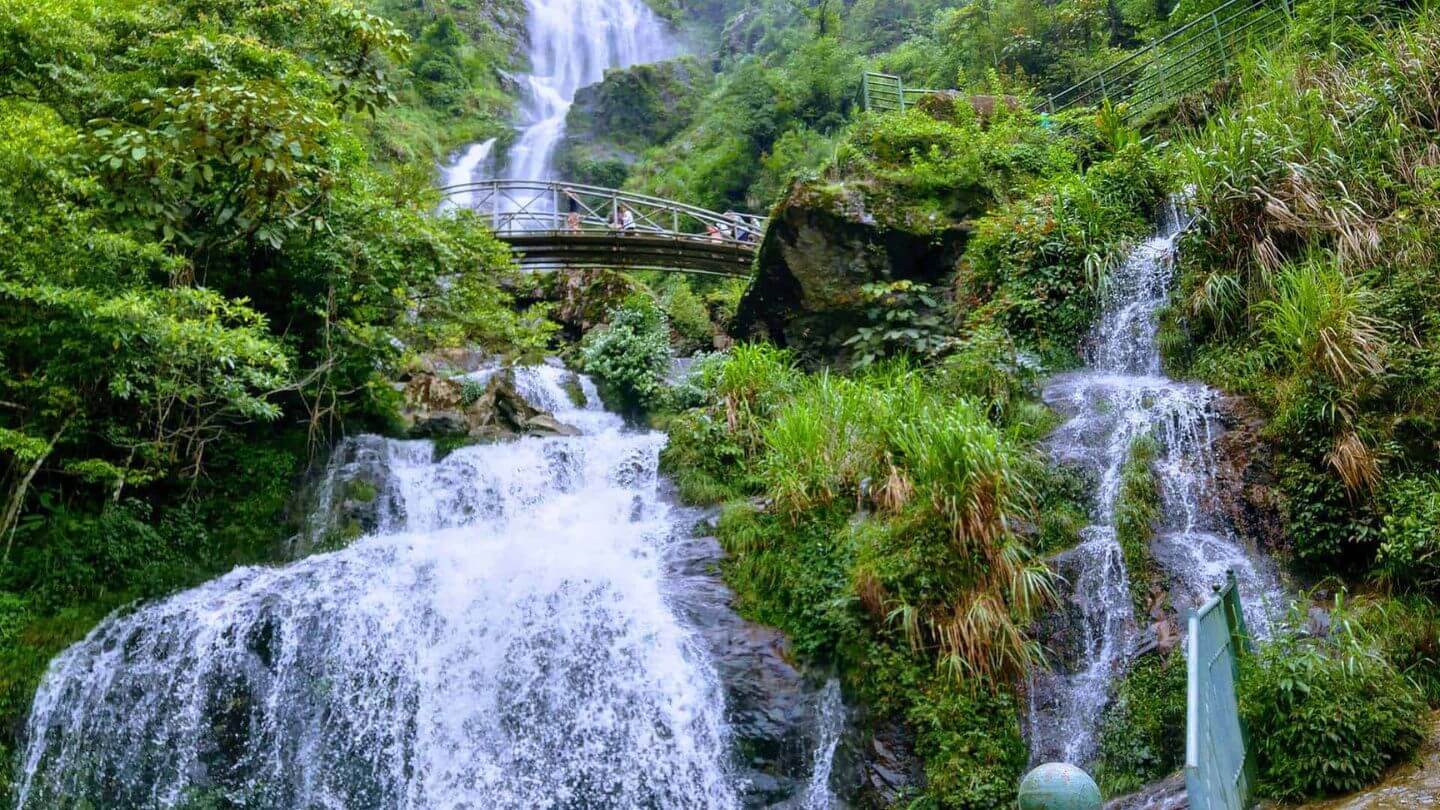
Located not far from Love Waterfall (about 2 km), you can watch the waterfall flowing from above. Among the many natural wonders that adorn Sapa, Silver Waterfall Sapa stands out as a truly magnificent gem. Cascading down with grace and power, the majestic waterfalls captivates visitors with their awe-inspiring beauty.
Glass Bridge
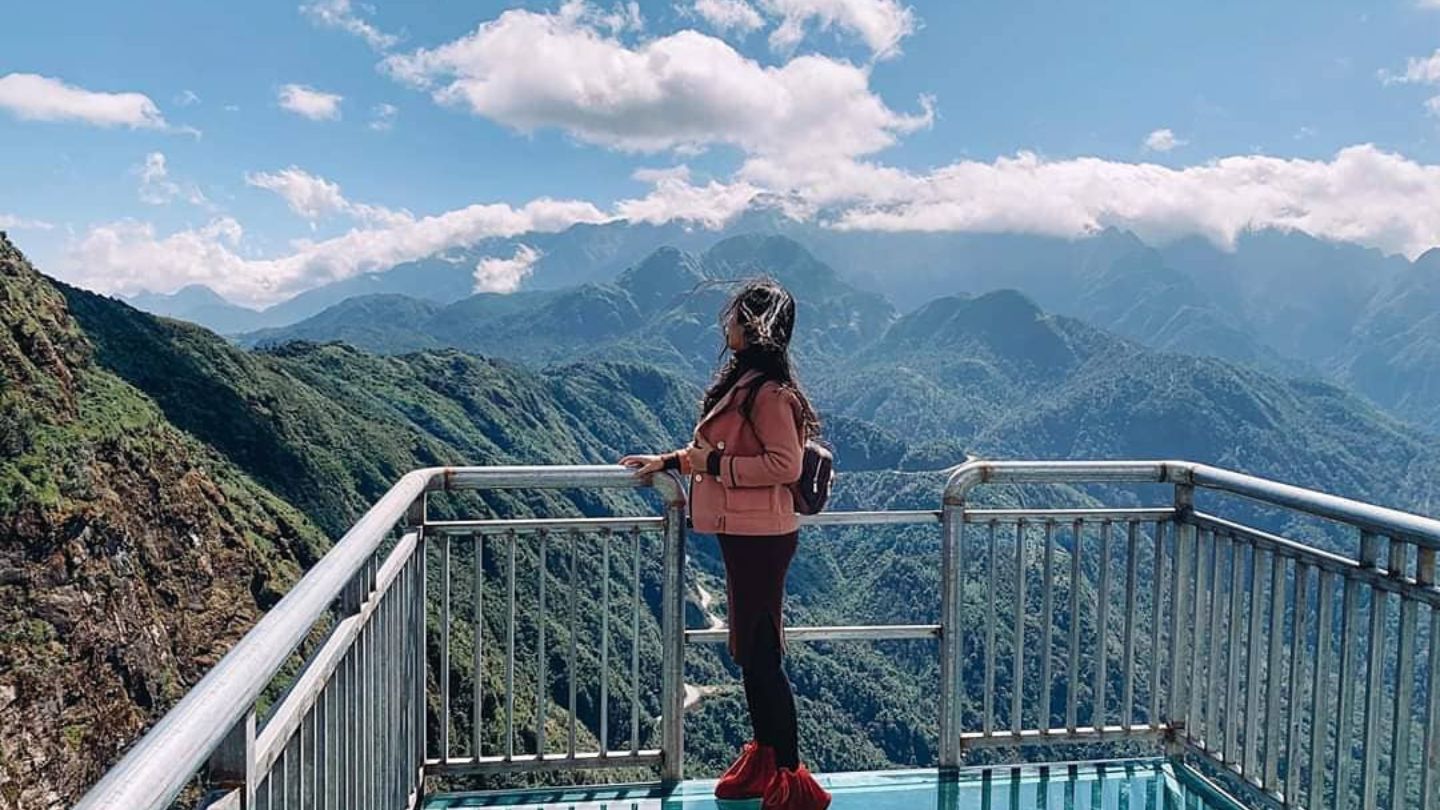
If you would like to see “Glass Bridge” and try an adventure game, you will have an interesting experience. With a capacity of more than 3,000 people at a time, this sapa glass bridge will reach out over the cliff with a length of 60m and a height of 500m, made entirely of transparent glass. Along with that, visitors also have the opportunity to visit and experience the 300m high outdoor rattan ladder system.
Heaven’s Gate
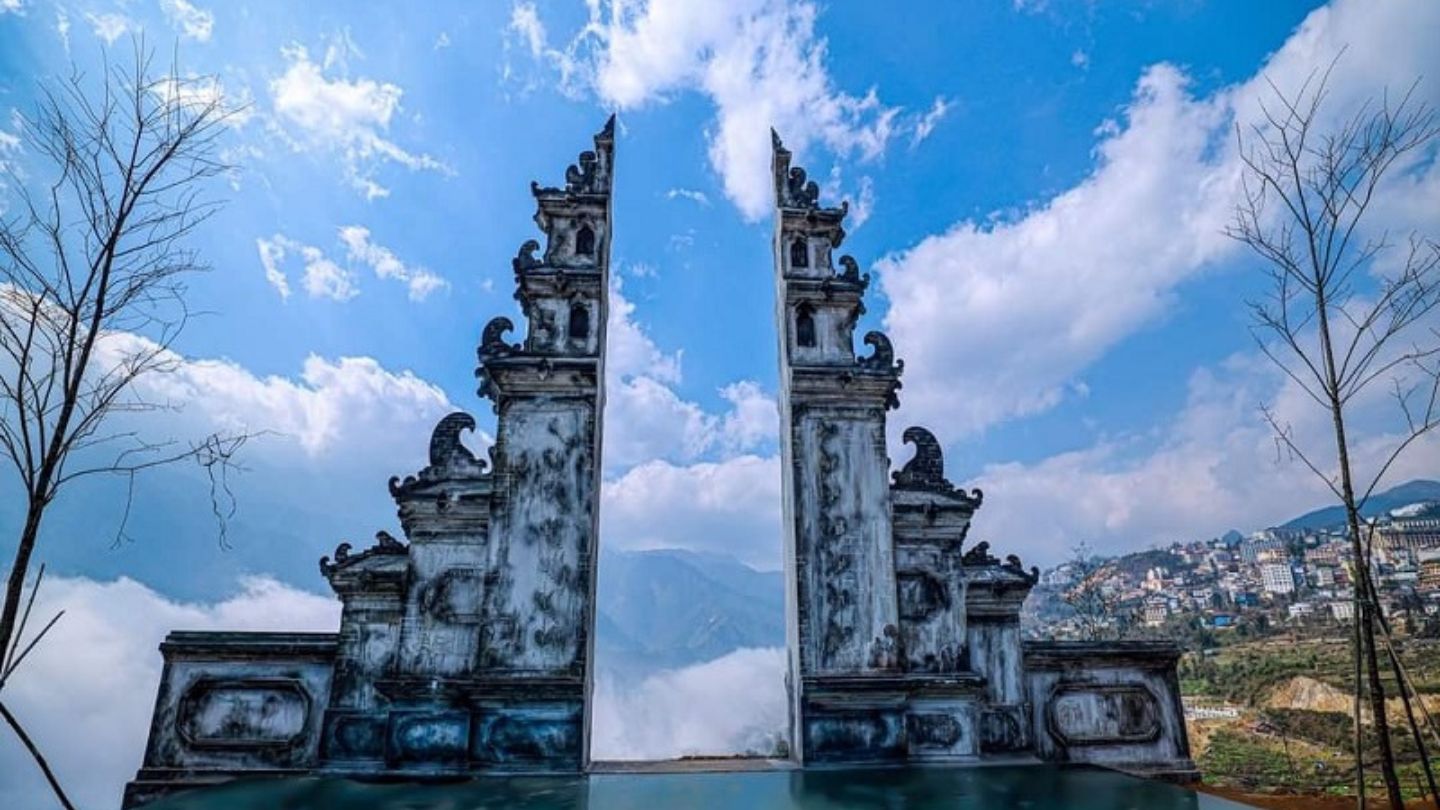
Heaven’s Gate is a place not to be missed when coming to O Quy Ho Pass. Located close to Tram Ton, the road to heaven’s gate is winding, but when you come here, you have to say “It’s great”. The natural scenery here is like a painting with mountains and forests; interweaving clouds, an impressive abyss. Many international online newspapers have listed Sapa Heaven Gate as one of the most beautiful tourist destinations in Vietnam.
Lonely Tree
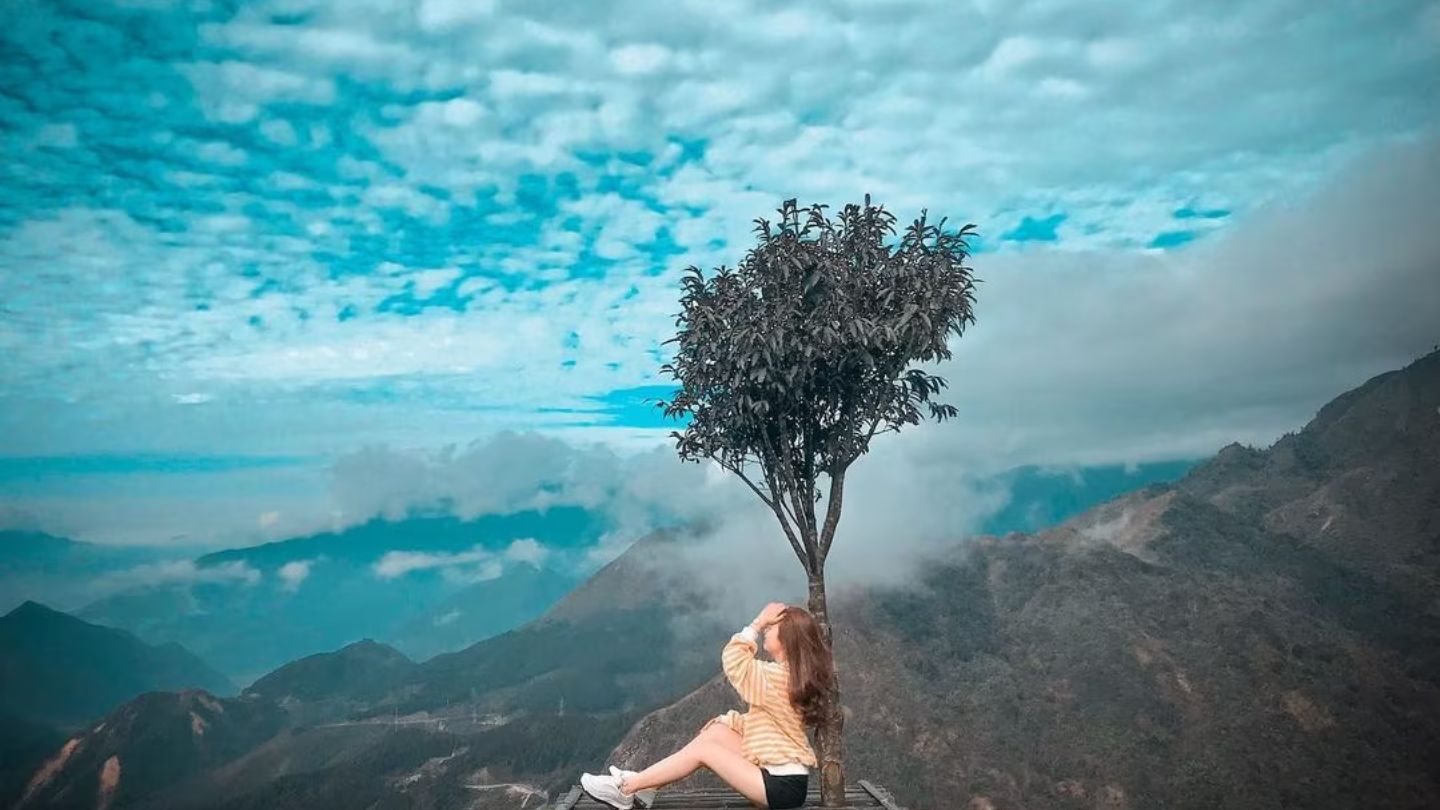
The scenery around the lonely tree in Sapa is guaranteed to make you feel like you didn’t waste your efforts on the O Quy Ho pass tour to come here. The most special thing is to watch the sunset on the pass. The fanciful colors of sunlight combine with the clouds and forests, creating a ravishing natural picture.
Fansipan Mountain
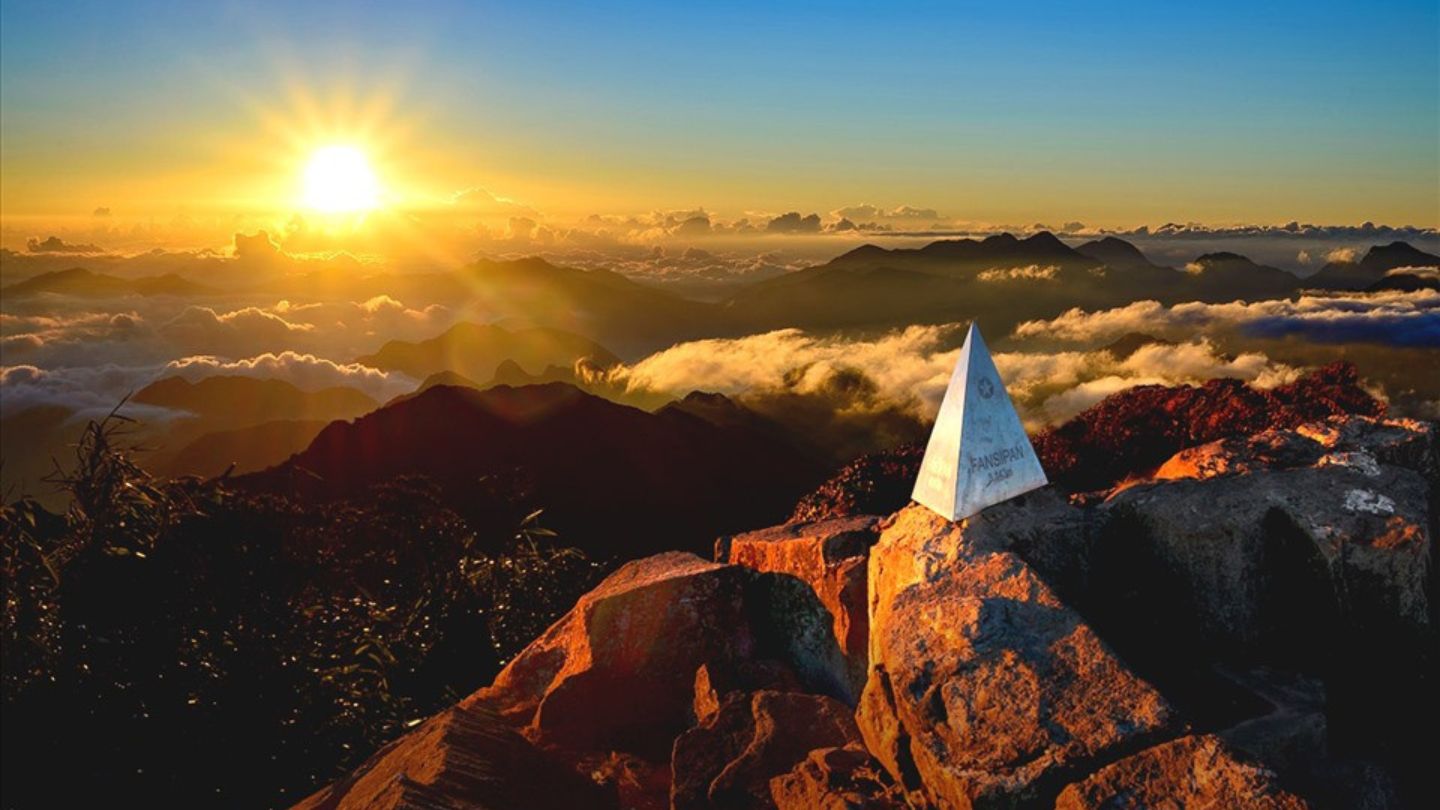
This place is certainly not too strange for many tourists when coming to Sapa, many tourists name this place the “Roof of Indochina”. Fansipan with an altitude of about 3143m and belonging to the Hoang Lien Son mountain range has long attracted many domestic and foreign tourists. Visitors can get to Fansipan Peak by cable car or hike to discover Fansipan’s beauty.
Exploring Ethnic Minority Villages
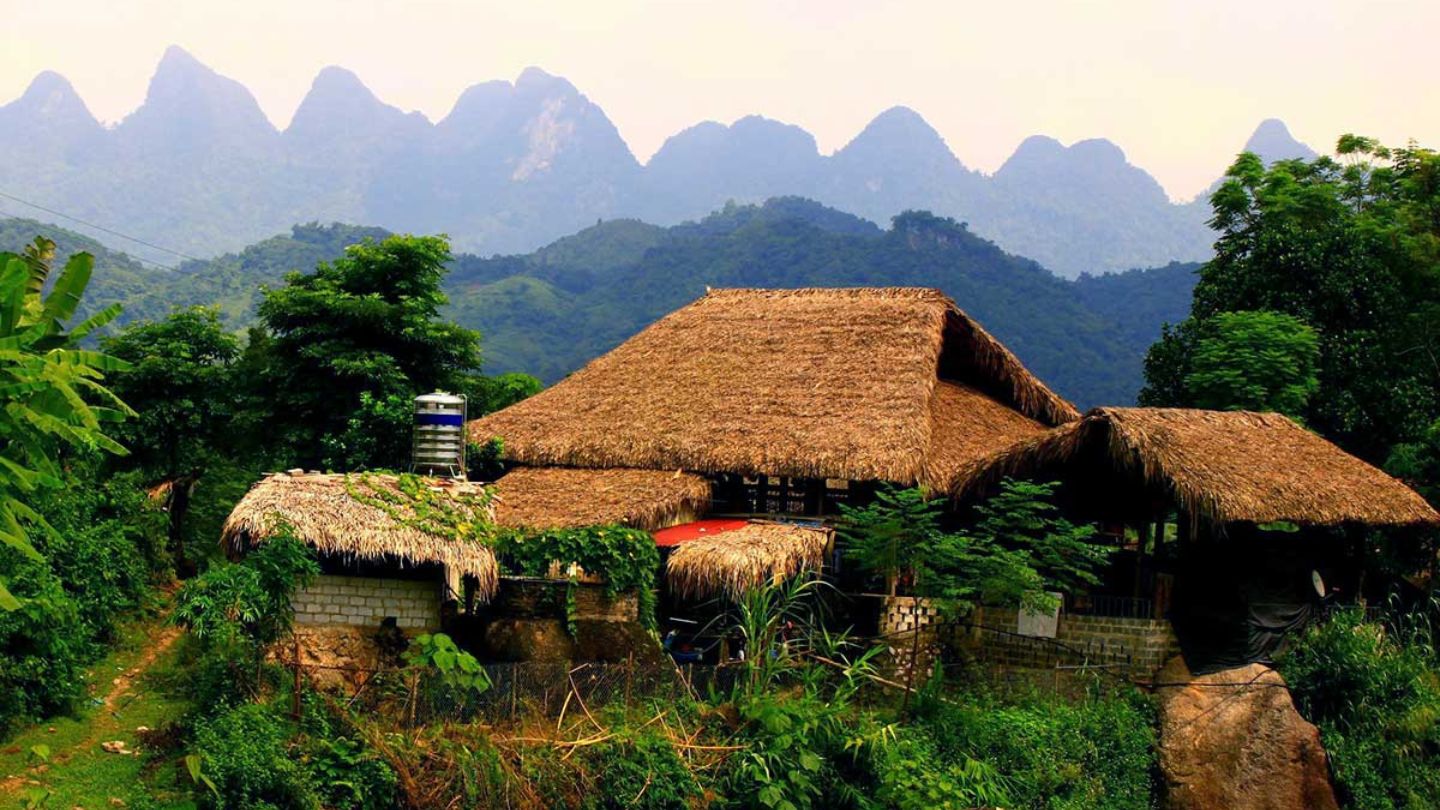
Sapa is home to several ethnic minority groups, including the Hmong, Dao, Tay, and Giay communities. These communities have preserved their unique traditions, customs, and craftsmanship. A visit to the villages near Silver Waterfall provides an opportunity to interact with locals, learn about their way of life, and admire their intricate handicrafts.
Safety Tips for Traveling on O Quy Ho Pass
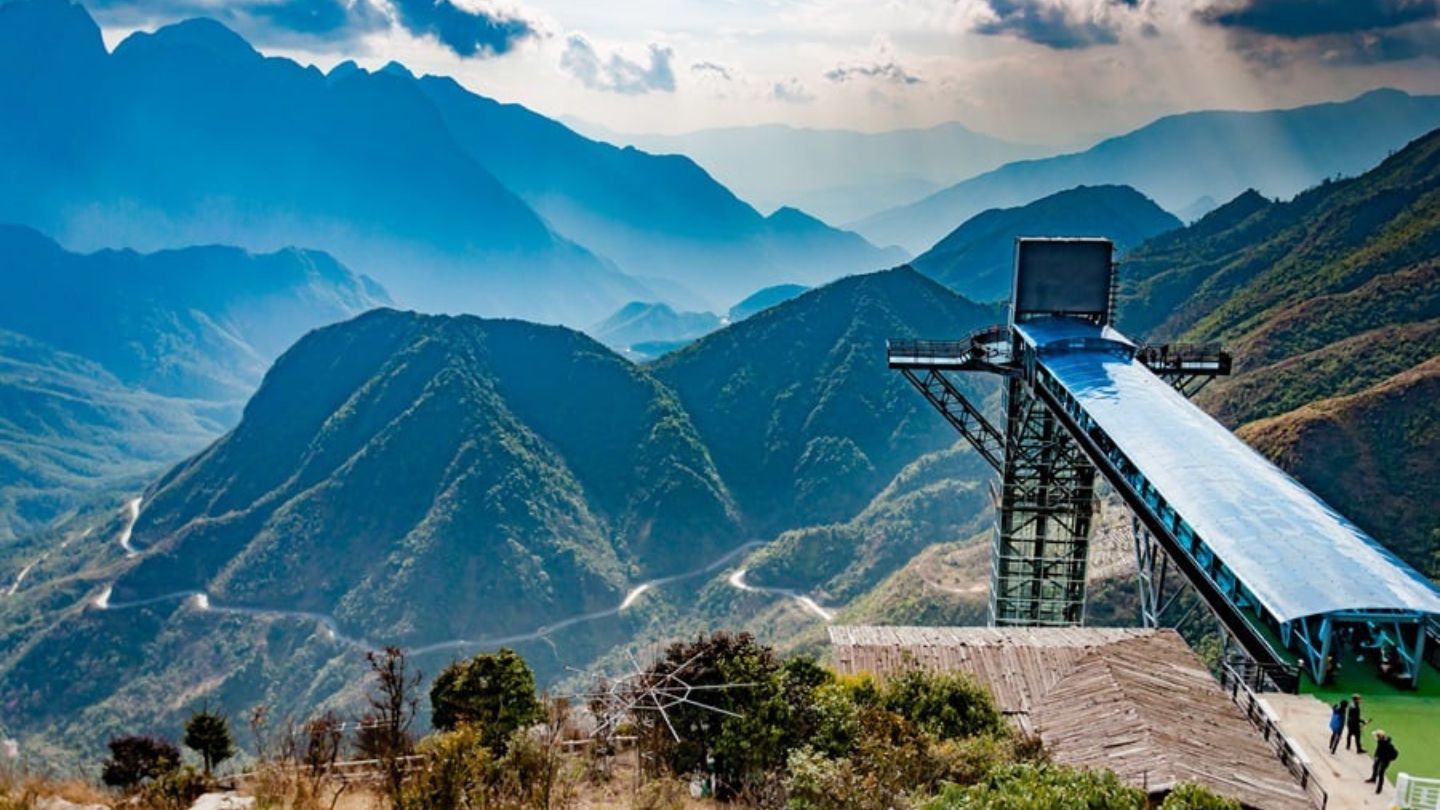
While O Quy Ho Pass provides an exhilarating experience, it is crucial to prioritize safety during your journey. Here are some essential safety tips:
- Drive cautiously and be prepared for steep inclines, sharp bends, and unpredictable weather conditions.
- Check road conditions and weather forecasts before embarking on the journey.
- Ensure your vehicle is in good condition and carry essential supplies such as water, snacks, and a first-aid kit.
- Respect traffic rules and be considerate of other drivers on the road.
- Dress appropriately for the weather and bring warm clothing, as the temperature can drop significantly at higher altitudes.
Conclusion
In wrapping up, O Quy Ho Pass emerges as a majestic spectacle, weaving its way through stunning landscapes and offering an unforgettable adventure. Its winding roads and panoramic views paint a picture of nature’s beauty at its finest, leaving travelers spellbound by the charm of this remarkable destination.
FAQs
- Is O Quy Ho Pass suitable for all types of vehicles? O Quy Ho Pass is accessible to most vehicles, but it is recommended to choose a sturdy vehicle, especially during the rainy season. Small motorcycles might struggle with the steep inclines and sharp turns.
- Is O Quy Ho Pass safe to visit? While O Quy Ho Pass is generally safe to visit, it can be challenging due to its steep curves and high altitude. Travelers should drive cautiously, especially in foggy or rainy conditions. It’s also recommended to travel with a guide if unfamiliar with the area.
- How high is O Quy Ho Pass? O Quy Ho Pass stands at an altitude of about 2,000 meters above sea level. It’s one of the highest passes in Vietnam, offering a challenging but rewarding experience for travelers and motorbike enthusiasts.
- Are there any restrictions or permits required to visit O Quy Ho Pass? There are no specific permits required to visit O Quy Ho Pass. However, it is always advisable to check the local regulations and respect the natural and cultural heritage of the region.


